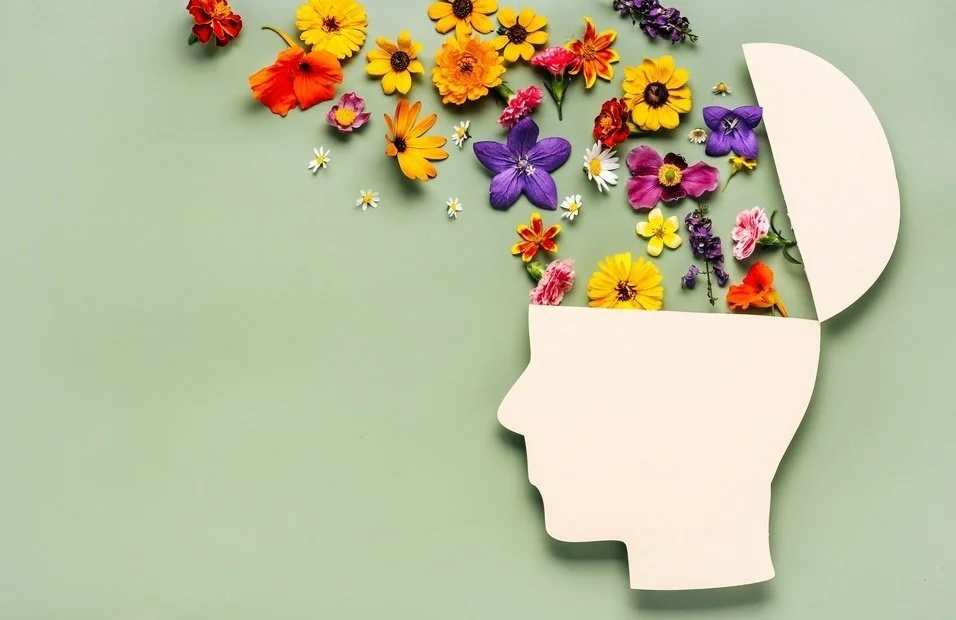Gratitude During a Pandemic
The COVID-19 pandemic has been difficult for most. As we enter the holiday season, remember to stop and take some time to consider practicing gratitude during a pandemic. It may sound unnecessary, but there are amazing benefits to practicing gratitude, even in 2020. Gratitude can train your brain to see the good in your life amidst the bad. Gratitude allows us to see the best in our lives and in others. It allows us to not take our blessings for granted. Read on for more benefits and ways to practice gratitude this holiday season.
Benefits of Gratitude
A big benefit of gratitude is that it shifts our focus away from ourselves and onto others and our spiritual connection. We look beyond ourselves. The National Alliance on Mental Illness reports that individuals who are more grateful are more helpful, generous, more forgiving, and more supportive emotionally. When we increase our awareness that others are helping us, the reward centers of our brain become active. We appreciate others’ choices to help us. This awareness creates a sense of hope, positivity, and connection. We feel less alone when we become grateful for others and how they help us.
Regular thankfulness can rewire our brains to become more resilient and more optimistic. Gratitude increases overall well-being and can protect against stress and depression and anxiety. Importantly, gratitude increases our happiness. It’s also good for our physical health. It can lead to an improved immune system and is linked with a better diet and more exercise. Gratitude also helps children experience more connection and more positive emotions.
Why Gratitude is Difficult Right Now
Gratitude can feel difficult during a global pandemic. We’re experiencing constant stress and often living with a fight-or-flight or survival mentality. Many people feel increased fear and an increased need for safety. We often feel we can’t relax outside of our homes and feel are worried about the future.
Many people also feel limited–we have less variety in our lives. We travel less, we eat out less, and we are connecting with others less. We are experiencing a lot of repetition, which can lead to feelings of restlessness. All of these results of COVID-19 don’t seem to foster gratitude.
Gratitude may also come with guilt. You may think, I haven’t lost what others have, I still have my job and my home, and my loved ones are healthy. I should be thankful. But gratitude doesn’t always overcome us in moments filled with zen and beauty—we need to choose gratitude and choose to put in the effort to cultivate a gratitude practice. Read on for five easy ways to practice more gratitude today.
5 Ways to Practice Gratitude During a Pandemic
1. Practice gratitude surrounding mealtimes.
Before, during, and after a meal is a great time to practice gratitude. Think about all the people who worked hard to get this food to your table–farmers, grocers, chefs, delivery drivers, your family for cooking, etc. You can thank your body for digesting the food, and thank yourself for taking the time to prepare your food and eat it.
2. Use a gratitude journal.
Start documenting what you are grateful for in a notebook, art journal, post-it notes, a note on your phone, or even a voice memo for yourself. Try to think of two or three things you are grateful for each time you open your journal. You can try doing this before bed too, as gratitude may help with sleep. Research suggests that writing what you’re thankful for can result in a calmer outlook during a stressful time, like a pandemic.
If you prefer some structure, try using the acronym HEART to guide your writing, as suggested by the American Heart Association:
Health: What did your body do for you today?
Eat: What did you feed your body to nourish yourself today?
Activity: What did you do that you really enjoyed today?
Relationship: Whom do you look forward to connecting with?
Time: What are you doing right now?
Having trouble thinking of what you’re grateful for? Common responses to gratitude exercises include thankfulness for romantic partners, family, pets, friends, community, kindness from strangers, technology that makes it easy to connect, jobs, healthcare workers, frontline workers, nature, exercise, time alone and time for hobbies, and having the chance to help others.
3. Express your gratitude.
Tell your friends and family how thankful you are for them. Try telling them through FaceTime or at home. You could also send a quick card or thank you letter. Let your loved ones know how much they mean to you. You can also take time time to express your gratitude for front-line workers. Say “thank you” to those working in healthcare, food services, and others working on the front line risking their safety for others. Cultivate your gratitude practicing by decorating your mask in support of frontline workers, putting a sign in your yard, or donating food to essential workers.
4. Try out an app.
To assist you with your gratitude practice, try out an app like Gratitude Plus. With this app, you can record what you’re grateful for and easily reflect on what you felt grateful for later. You can even set a reminder on your phone to remember to practice gratitude at a certain time every day.
5. Choose to be grateful.
Gratitude is a choice. Take time to reflect on this difficult year. What good has come out of it? What have you learned? Notice a couple of things that are going well in your life. Remember that, like exercise, gratitude is a choice and a practice, and it takes some work to get into the habit of doing it.
Looking for more support during this stressful time? Please reach out to us. Our team of therapists is here to provide support and guidance. We look forward to connecting with you!







